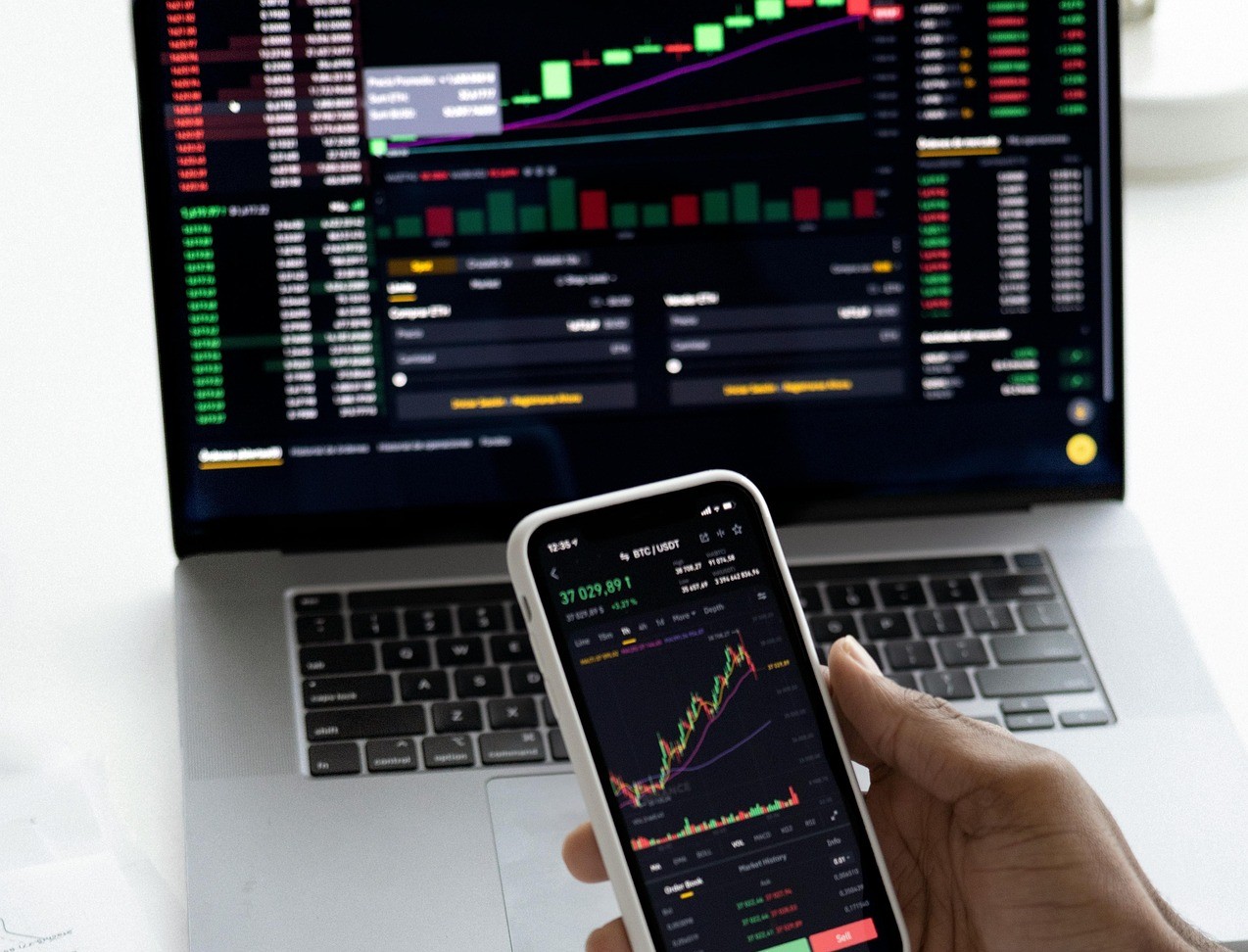At the beginning of almost every discussion of social trading services, it’s crucial to note that the efficient approach to introducing it involves diverse marketing campaigns that should complement the enticing offer of copy trading. This dynamic synergy not only draws fresh interest but also enhances client engagement, ultimately leading to increased trading volumes.
How does social trading work?
With the use of social trading, a single position initiated by a signal provider multiplies across the traders who follow their strategy. This duplication is where the true power of social trading shines for brokers. Essentially, one position becomes the trigger for several simultaneous trades by followers. This seamless replication process leads to a substantial upsurge in trading activity and volumes.
The fusion of social trading services with well-planned marketing initiatives opens doors to previously uncharted territories. Potential clients may have a latent interest in trading, but their preference leans towards a more passive approach to financial markets. Social trading bridges this gap elegantly. It offers a user-friendly platform where aspiring traders can follow the strategies of seasoned professionals.
After the attention of a new audience is put into the offer, the next goal of brokers is to build trustful relationships with clientele. In one of the workshops Tatiana Pilipenko formulated simple rules for multi-asset and forex brokers who offer copy trading and social trading services:
- Don’t promote copy trading as a 100% return
Even professional traders with years of experience might have an unprofitable trade that will be copied to their followers. Therefore, promoting this service as the ability to get a 100% return is not recommended. - Don’t allow beginner traders to become signal providers
Before registering providers or making them public, check their proficiency and ability to deliver promised results. Low-quality signals harm your brand reputation and the services you provide. - Don’t leave your clients on their own
Continually educate your clients on risk management, which is available online but often neglected. This is how traders can protect themselves from unpredictable losses.
Following these rules, aligned with the ESMA regulation published in March 2023, brokerage firms aiming to elevate trading volumes could establish and nurture trustable relationships with clients.
Clients are more likely to engage in trading and open additional positions when they trust their broker implicitly. One of the fundamental ways to cultivate this trust is by providing approved signal providers.
Signal providers who have undergone rigorous vetting processes and received official approval from the broker serve as the bedrock of trust within the client-broker relationship. Clients gain confidence in following the strategies of these approved signal providers, knowing they come with the broker’s stamp of trustworthiness. This trust factor encourages clients to become more active in their trading activities, resulting in heightened trading volumes and increased client engagement.
Don’t forget risk management tools.
As trading volumes surge with the launching of social trading, brokers face the dual challenge of accommodating this growth while maintaining the stability and integrity of their trading infrastructure. While expanding trading activity is undoubtedly a positive outcome, it brings a set of concerns that need to be addressed for seamless operations.
- Load on the Trading Platform
The primary issue that brokers encounter with escalating trading volumes is the increased load on their trading platforms. These platforms must efficiently process a higher number of positions and operations. For example, if agent bonuses are in place, each trade triggers a cascade of profit distribution to all agents within the chain. Having specific tools and backup servers is imperative to manage such a load. These backup servers act as a safeguard, ensuring uninterrupted trading operations and allowing for quick transitions in case of server failures, thereby bolstering the platform’s resilience.
- Liquidity Management
Another vital aspect that brokers must carefully handle is liquidity management. The liquidity bridge or gateway responsible for sending and receiving positions must manage a much larger volume of trading activity. To prevent liquidity bottlenecks and potential disruptions, brokers need to establish a robust liquidity management system that can efficiently handle the influx of positions. This ensures that traders can continue executing orders smoothly, even during peak trading periods.
- Volatility and Automated Hedging Strategies
Rapidly increasing trading volumes can introduce a heightened risk associated with market volatility, which can affect both A-book and B-book brokers. The surge in new trades on a single symbol magnifies the dependence on market fluctuations. To mitigate potential losses, brokers are advised to implement automated hedging strategies. These strategies provide a layer of protection by automatically offsetting positions in response to market volatility. By employing such risk management tools, brokers can maintain a balanced risk exposure and ensure the security of their trading operations.




